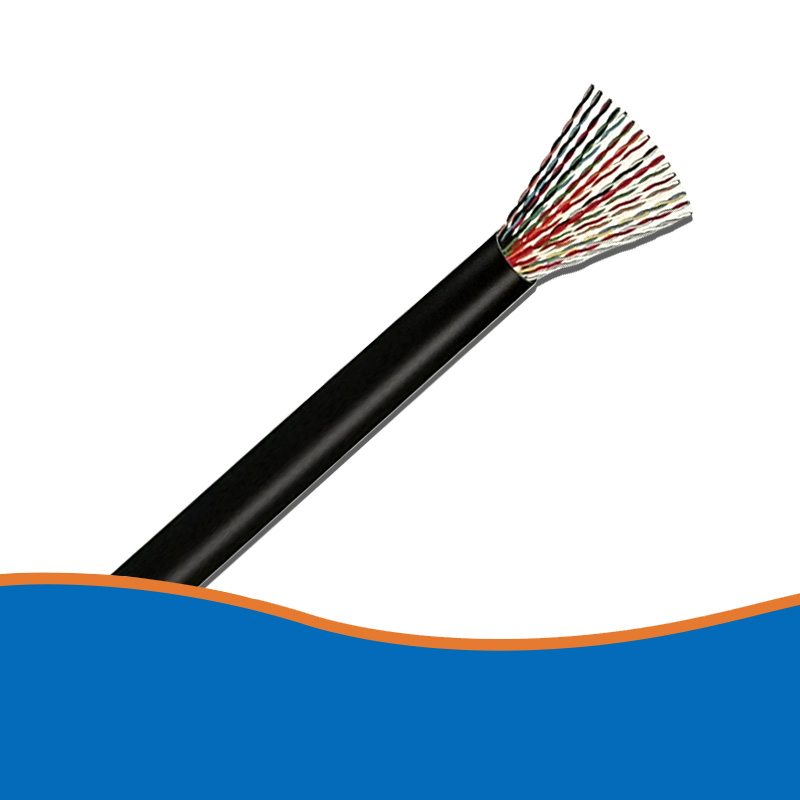BBTRZ flexible mineral insulation layer cable is compos […]
BBTRZ flexible mineral insulation layer cable is composed of copper stranded wire, mineral chemical substance insulation layer, and mineral chemical substance sheath. It uses a flexible structure, and the key materials are inorganic materials, which fills in the shortcomings of hard structure, easy to ignite, and harmful, and has some advantages that other cables do not have. Why do so many people use mineral cables? Does it have any special function?
1. Flexibility:
Because the electrical conductor of the cable is made of perfect twisting technology, and the sheath is made of chemically cross-linked inorganic material, non-air-conditioning copper tube type. Therefore, it is not only lighter in weight, but also softer. It can prevent the wiring terminal equipment problems that are often encountered when designing schemes and installing rigid mineral insulated cables (BTTZ).
2. Fire safety:
Because the cable's constituent materials are all mineral chemical substances, the non-combustibility of the cable itself is determined. The product complies with BS and IEC national standards, and can withstand ignition at 950°C for 3 hours under induction electrification, and ensure the normal operation of the power circuit. Therefore, it can be kept consistent even around the short-circuit fault temperature.
3. Low smoke: Carry out smoke and dust emission experiment according to IEC1034, and detect light transmittance to about 80%.
Four, halogen-free:
Because the insulation layer of the cable and the sheath are made of inorganic compound materials, there is no general PVC material. Therefore, even under the fire accident standards, no acid or alkaline vapors are emitted.
5. High temperature resistance:
The cable can replace the low-smoke halogen-free flame-retardant cable application with high temperature resistance of 125℃ during long-term work at 125℃. In emergencies, it can also work in a short time below 1080°C.
6. Corrosion resistance:
The mineral chemical materials selected for the cable are more resistant to corrosion after being irradiated, and no additional measures are required when laying.
7. Large current carrying capacity of the cable:
Compared with cables of the same cross-section, fire-resistant safety cables with flexible mineral insulation can not only transmit higher currents but also bear larger loads.
